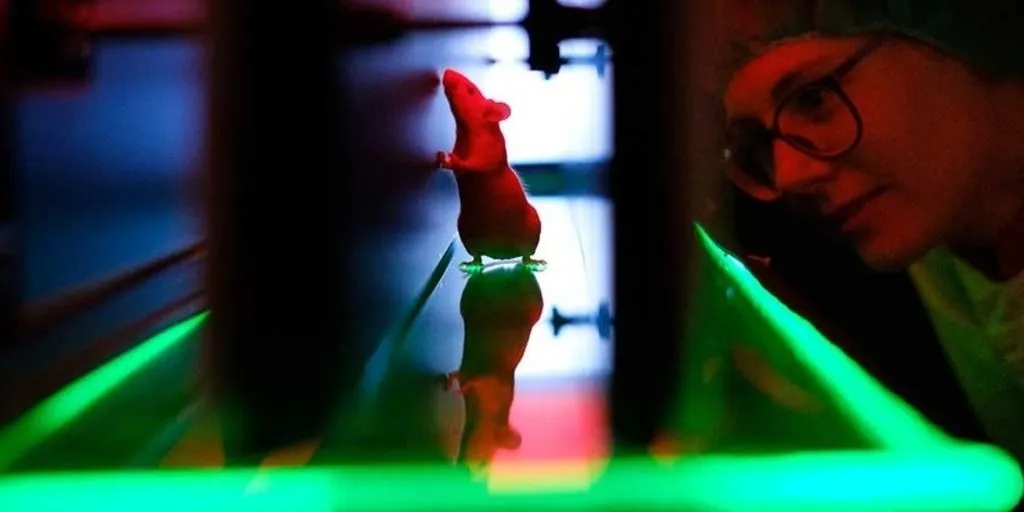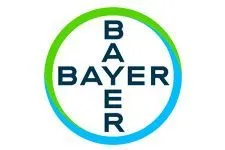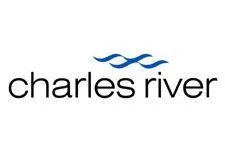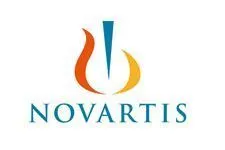The complete gait analysis system
CatWalk XT
Looking for a system to do quantitative assessment of footfalls and locomotion in rats, mice and other small mammals? CatWalk XT measures over 50 gait parameters and delivers precise and validated data for various disease models.
- Easy locomotion and gait assessment
- Translationally relevant data
- Validated and highly published for a wide range of disease models
How does CatWalk XT work?

Use CatWalk XT with other animals by simply adjusting the width of the walkway.
As an animal voluntarily traverses a glass walkway, its feet reflect green light everytime they touch the glass.
This reflected green light is captured by a high speed camera
underneath the walkway.
Besides footprints, a myriad of other gait and locomotion parameters are automically detected. These results give you a great insight into a variety of conditions like Parkinson's disease and ataxia.
Trusted by researchers around the world






The gait analysis backbone for many labs
Take a look inside the Mouse NeuroBehavior Core at Columbia
University. Here, Dr. Mu Yang
shares her experience with using CatWalk XT and other Noldus behavioral tools, and explains how easy
it
is to train new users to operate these systems.
Looking for some other examples? Click on recourses to find out all you need to know about CatWalk XT.
Our lab has been using CatWalk XT since 2015, and we have found that it is an invaluable tool for our research and provides a reliable and detailed analysis of gait and how it varies in our disease models.
Pediatric Storage Disorders Laboratory
Washington University School of medicine, St.Louis, mo, usa
Free e-book
Your guide to everything gait analysis
Whether you're new to gait research or looking to optimize your existing protocols, this free eBook is your go-to guide. Learn how to measure rodent gait with precision, interpret key parameters, and apply best practices in preclinical models of neurological and musculoskeletal disorders. Download it now to level up your data quality and study design.
Why should I use CatWalk XT
A free walking gait system, like CatWalk XT, allows animals to exhibit natural walking behavior, moving at a pace dictated by their condition or endurance. On a treadmill, rats or mice adjust their speed to match the treadmill's pace, inducing stress in the animal, but also ignores natural gait.
What can I use CatWalk XT for?
CatWalk XT gait analysis has been thoroughly validated in research and experimental procedures for several (neurological) disorders and lesions. It does not matter if gait is affected due to genetic, chemical, or physical injury. If your animal can traverse the CatWalk XT runway, you can evaluate its gait.
How do I use Catwalk XT?
The CatWalk XT system detects actual footprints by employing the illuminated footprint technology. With a high-speed camera and dedicated software, the CatWalk XT system offers impeccable quantification of footprints and gait parameters, automatic detection of errors, and easy results visualization.
All I need to know about CatWalk XT
CatWalk XT has been used in a great variety of studies, from TBI to stroke and pain research. Do you want to know more about how CatWalk XT works, or get more in-depth information on what the CatWalk XT has been used for? Then, follow the link below.
Ready to take the next step?
Contact us to discover how we can help you achieve your goals. Let's advance your behavioral research!
Contact us